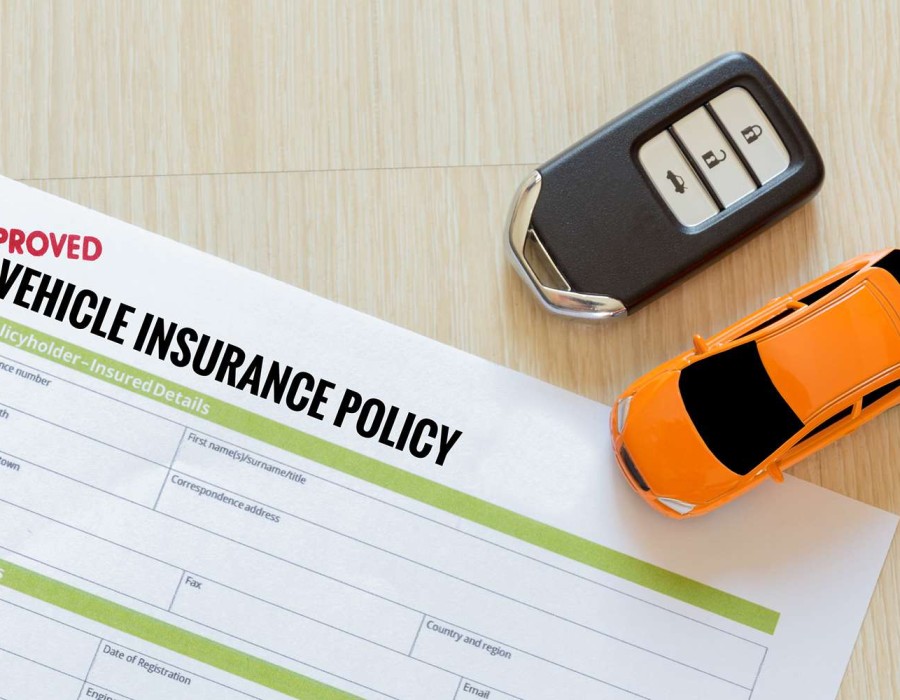Alaska requires car owners to adhere to specific car insurance laws. Understanding these laws is essential if you plan to drive or own a vehicle within the state. Whether you are a seasoned resident or a newcomer, this guide will delve into Alaska's car insurance requirements, covering liability coverage, optional protection, exemptions, and the consequences of driving uninsured.
Liability Coverage in Alaska
Liability insurance is a must-have if you drive in Alaska and for a good reason. This coverage is mandatory and protects you financially if you cause an accident that results in damage or injuries to others. It consists of two main parts:
- Bodily Injury Liability - This pays for medical bills, lost wages, and other expenses if you injure someone in an accident.
- Property Damage Liability - This covers repair costs or replacement value for another person's vehicle or property you damage in an accident.
What Are Alaska's State-Mandated Car Insurance Limits?
Alaska car insurance laws require drivers to carry the following minimum liability coverage limits:
- $50,000 per person for bodily injury. This is the maximum amount your insurance will pay for injuries to one person in an accident you cause.
- $100,000 per accident for bodily injury. This is the maximum amount your insurance will pay for injuries to all people in an accident you cause.
- $25,000 per accident for property damage. This is the highest amount your insurance will pay for property damage resulting from an accident you cause.
Do Alaska’s Required Minimums Provide Enough Coverage?
While adhering to Alaska car insurance laws is essential, you want to consider whether the state-mandated minimum liability coverage amounts will adequately protect you in the event of a serious accident. Experts often advise drivers to carry liability limits beyond the minimum requirements.
Medical expenses for significant injuries can quickly escalate, exceeding the state's minimum liability coverage. If you cause an accident where the medical costs exceed your coverage limits, you may be held personally responsible for the remaining balance.
Injured parties may sue for damages that outweigh the minimum coverage in severe accidents.
Higher insurance limits offer better financial protection in the event of a lawsuit.
Opting for more robust liability coverage provides greater financial security and peace of mind, knowing you're better prepared for potential financial repercussions in case of an accident.
Alaska’s Penalties For Driving Without Proof Of Insurance
Alaska takes driving without insurance seriously and has penalties in place for violators. Consequences of driving without proof of insurance can include:
- Your driver's license may be suspended if you cannot provide proof of insurance when asked by a law enforcement officer or are involved in an accident.
- You may face substantial fines for driving without insurance. The fine amount can vary depending on the circumstances and whether it's a repeat offense.
- In some jurisdictions, such as the Municipality of Anchorage, your vehicle may be impounded if you are caught driving without insurance. You'll be responsible for towing and storage fees.
- You may need to file an SR-22 form with the state if your license is suspended. This form verifies that you have obtained liability insurance and may require you to maintain it for a certain period.
Alaska's No Pay, No Play laws
Alaska is one of several states with "No Pay, No Play" laws. These laws limit uninsured drivers' ability to recover certain damages in lawsuits if injured in an accident where they were not at fault.
Under "No Pay, No Play" laws, uninsured drivers cannot collect compensation for "non-economic" damages, such as pain and suffering, emotional distress, or loss of enjoyment of life.
However, there are exceptions to Alaska's "No Pay, No Play" laws. An uninsured driver can still recover non-economic damages if:
- The at-fault driver was driving under the influence of alcohol or drugs.
- The at-fault driver intentionally caused the accident.
- The at-fault driver fled the scene of the accident.
"No Pay, No Play" laws are designed to encourage all drivers to carry the minimum required insurance coverage and reduce the number of uninsured motorists on the road.
Alaska Auto Insurance Exemptions
Alaska has specific exemptions from its mandatory auto insurance laws. Residents may not be obligated to carry liability insurance when vehicle registration is not required. However, there are exceptions:
- If a driver residing in an exempt area has received a ticket for a traffic violation carrying six or more points within the last five years, they must carry liability insurance.
- Drivers in exempt areas must purchase the minimum liability coverage in Alaska to drive their vehicles outside those designated regions.
Optional Car Insurance Coverage In Alaska
Beyond the mandatory liability coverage, Alaskan drivers can enhance their protection with the following optional insurance coverages:
- Collision Coverage - Pays for repairs to your vehicle if it's damaged in a collision with another vehicle or an object, regardless of who's at fault.
- Comprehensive Coverage - Protects your vehicle against damages caused by incidents other than collisions, such as theft, fire, vandalism, weather events, or falling objects.
- Uninsured/Underinsured Motorist Coverage (UM/UIM) - Covers your medical expenses, lost wages, and other damages if you're injured by a driver who has no insurance (uninsured) or insufficient insurance (underinsured).
- Medical Payments Coverage (MedPay) - Pays for medical bills for you and your passengers following an accident, regardless of fault.
- Personal Injury Protection (PIP) - Similar to MedPay, it generally offers a wider range of coverage, including lost wages and rehabilitation expenses.
Drivers should carefully assess their needs and consider increasing their liability coverage or adding optional protection like collision and comprehensive insurance. Being informed about the consequences of driving uninsured in Alaska, including penalties and restrictions imposed by the "No Pay, No Play" laws, further underscores the importance of adequate insurance coverage.





Comments